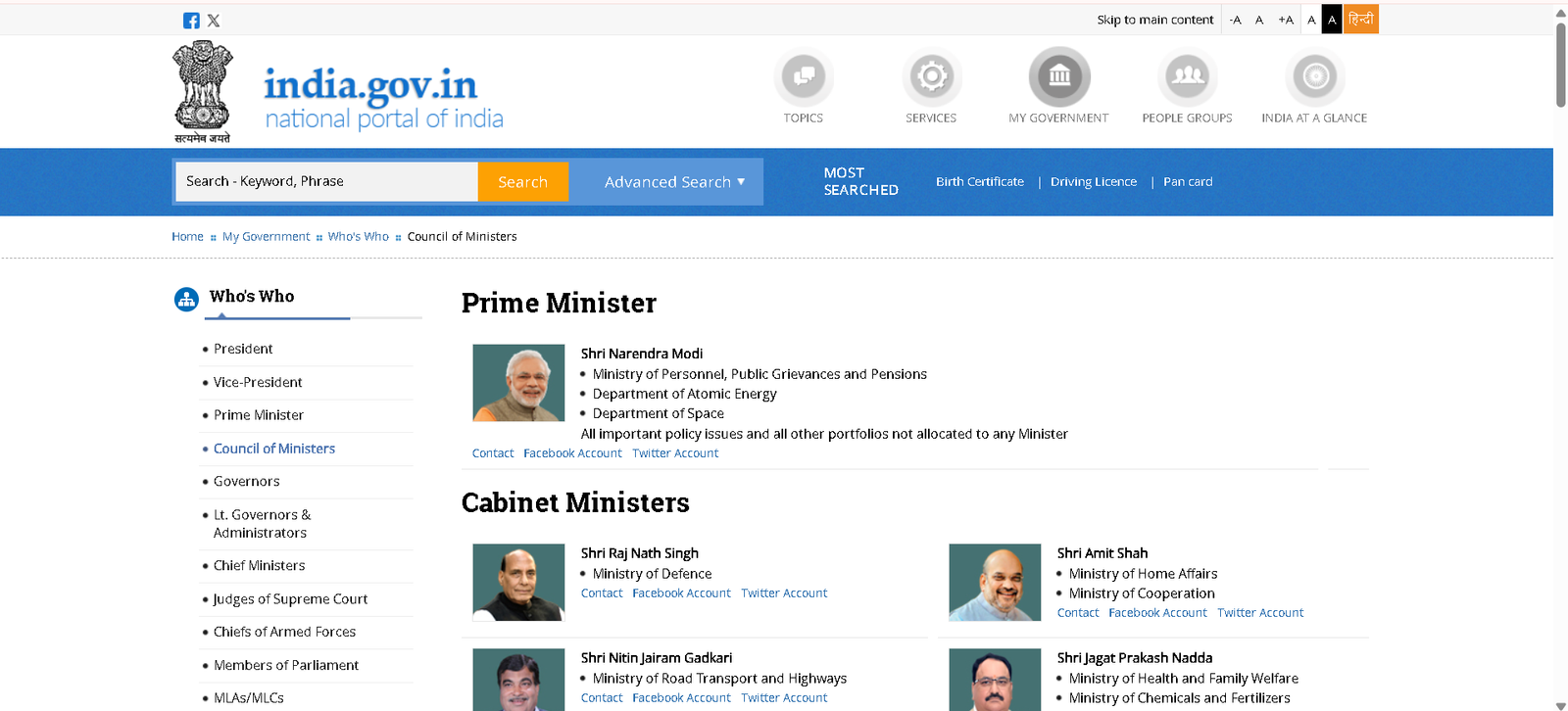India approved a comprehensive and ambitious package of ₹69,725 crore to revitalize the shipbuilding and maritime ecosystem

SUMMARY
The Union Cabinet, chaired by Prime Minister Narendra Modi, has sanctioned a long-term and inclusive package of ₹69,725 crore to rejuvenate shipbuilding and the maritime ecosystem in India. The revolutionary project, which has been termed as the largest reform in the industry since the independence of India, is expected to propel the country to the elite of the global ship masters, which are dominated by countries like China and South Korea. The program is planned to be implemented within the next decade and is likely to not only contribute to the improvement of the economy but also to enhance national energy and food security through the fortification of main supply chains and sea routes
Pillar 1 and Pillar 2
The first pillar aims at empowering internal capacity and encompasses certain monetary support programmes. The second is focused on enhancing long-term financing in aid of capital-intensive projects.
The Shipbuilding Financial Assistance Scheme (SBFAS) is the largest financial package, but has been extended up to March 31, 2036. This scheme has a decent corpus of ₹24,736 crore set aside to encourage shipbuilding in India. The government has also implemented a graded system of support to make shipyards within the country more competitive.
The 15% and 20% financial assistance will be provided to vessels under ₹100 crore and over ₹100 crore, respectively. Moreover, special, green, or hybrid vessels will receive an improved aid in the form of 25% which will make the industry implement more sustainable and technologically developed practices.
The SBFAS will also contain a novel Shipbreaking Credit Note, and will be allotted ₹4,001 crore. This plan operates in the same way that the vehicle scrappage scheme applies to automobiles, where holders of a vessel can receive a credit note of 40% of the scrap value of a ship once it has been scrapped at an Indian shipyard. To ensure a well-coordinated implementation of these initiatives, a National Shipbuilding Mission will be created to monitor the implementation process and to ensure long-term growth.
Since shipbuilding is a capital-intensive sector whose gestation periods are long, the package involves approval of a Maritime Development Fund (MDF) with a corpus of ₹25,000 crore. This fund aims to fill the existing funding gaps that have slowed down the growth of the sector in the past.
The MDF will consist of two separate components, one being a Maritime Investment Fund of ₹20,000 crore, whereby the Government of India will have a 49% stake in it, and the other being an Interest Incentivization Fund of ₹5,000 crore. The latter is set to lower the effective cost of debt on maritime projects, thus enhancing their bankability and attracting more venture capital. This long-term funding will support the marine ambitions of India and will enable India to have equity support on its blue economy projects and have access to more concessive financing terms by development banks and other financial institutions.
Pillar 3 and Pillar 4
The third pillar is to facilitate the emergence of shipyards, greenfield (new), and brownfield (existing), whereas the fourth pillar is focused on developing technical capacities and skilling, and legal and policy changes to streamline the industry.
The third scheme under the package is the Shipbuilding Development Scheme (SbDS), which is hugely budgeted at ₹19,989 crore. The essence of this plan is to increase the domestic capacity of India to 4.5 million Gross Tonnage of shipbuilding every year.
The funding will be deployed to facilitate the development of mega shipbuilding clusters and the expansion of the current infrastructure. The centre is also to have the creation of the India Ship Technology Centre under the Indian Maritime University, which will specialize in research and development in an effort to develop new and better shipbuilding technologies.
The fourth pillar is the focus on legal, taxation, and policy reforms, augmentation of technical abilities, and skilling. The package provides risk cover, such as insurance support to shipbuilding projects, to help shipbuilders deal with buyer defaults, which was a significant challenge in the past.
Strategic and economic benefits
This comprehensive package shall transform the Indian economy with its approval. It is estimated to release another 4.5 million Gross Tonnage shipbuilding capacity, which is anticipated to bring investments in the maritime sector worth about ₹4.5 lakh crore, and above all, it is projected to create close to 30 lakh (3 million) employment opportunities. The economic advantages are not only in job creation and investment. This is a strategic action in consideration of the long history of the Indian maritime and its present status as a backbone of the Indian economy, servicing nearly 95% of the volume and 70% of the value of Indian trade.
Conclusion
The project will also empower the national energy and food security of India by restoring the vulnerability of the supply chains and maritime routes. The package will enhance the geopolitical strength of the country and support its strategic independence by making India a competitive player in the global shipping and shipbuilding industry.
Note: We at scoopearth take our ethics very seriously. More information about it can be found here.
















